What is a purchase order?
When you’re starting a business, there is a lot of processes and documentation that you will need to create. A key document that many businesses use is the purchase order – but if you’re new to the world of business, you’ll need to fully understand what is meant by a purchase order before you get started. Let’s take a look!
What is a purchase order?
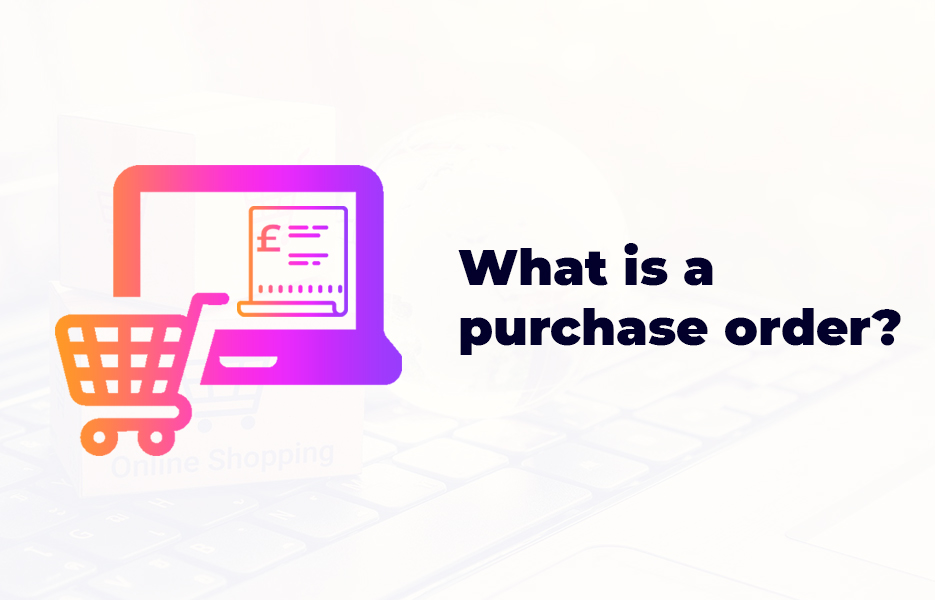
Purchase orders are simply a type of document that is sent from a business that is buying something, to a supplier with the requested products or services as an order. Every purchase order will have a unique number for tracking the purchase throughout the purchase cycle, as well as other information such as the type of item, the quantity and price that has been agreed. Some purchase orders have more details and the more information that you can include on your PO, the better.
Why do companies use purchase orders?
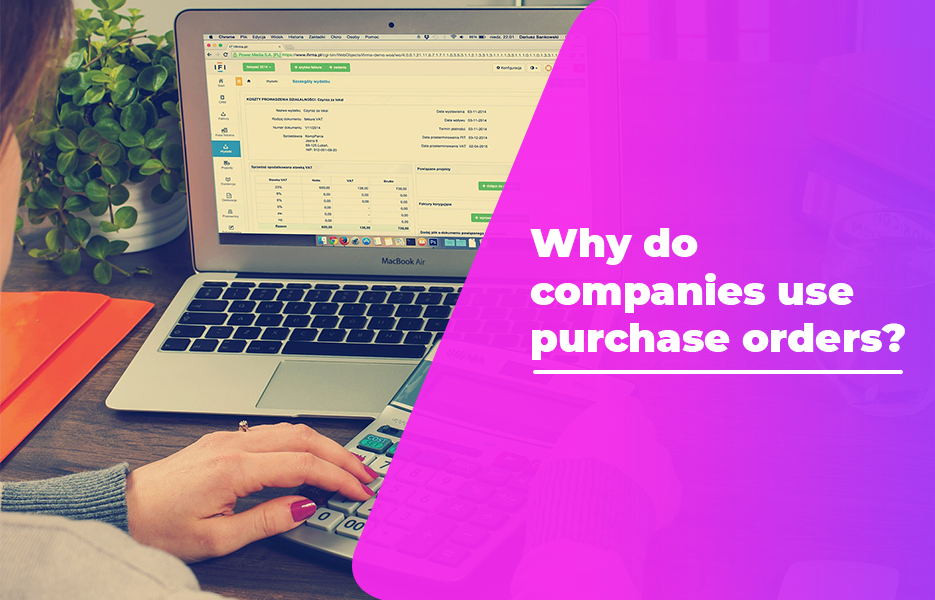
Purchase orders aren’t just there for the sake of doing paperwork – much as we know some people enjoy it! Purchase orders are essential documents that can help the business in a number of ways.
They set clear expectations
The purchase order allows the business that is buying the product or service to make their needs clearer to the company they are buying from. Both companies will be able to use the purchase order to refer to if an order isn’t delivered on time or as expected.
They help manage orders
Purchase orders help the different teams in a business to manage orders and deliveries more efficiently, and gives a point of reference to track the order.
They help with budgeting
When a purchase order is created, the company placing the order can match the costs with their budgets. This can help them to avoid any overspending that might have otherwise occurred.
They are legally binding
Where there aren’t any formal contracts in place, purchase orders can be used as a legally binding document. This is only the case after the vendor has accepted the purchase order.
They can help with audit trails
Where businesses need to audit their finances, purchase orders can help keep things on track. Where a business does end up needing to be audited, having purchase order information available will assist the auditors and help the process be completed much more efficiently.
When should you create a purchase order?
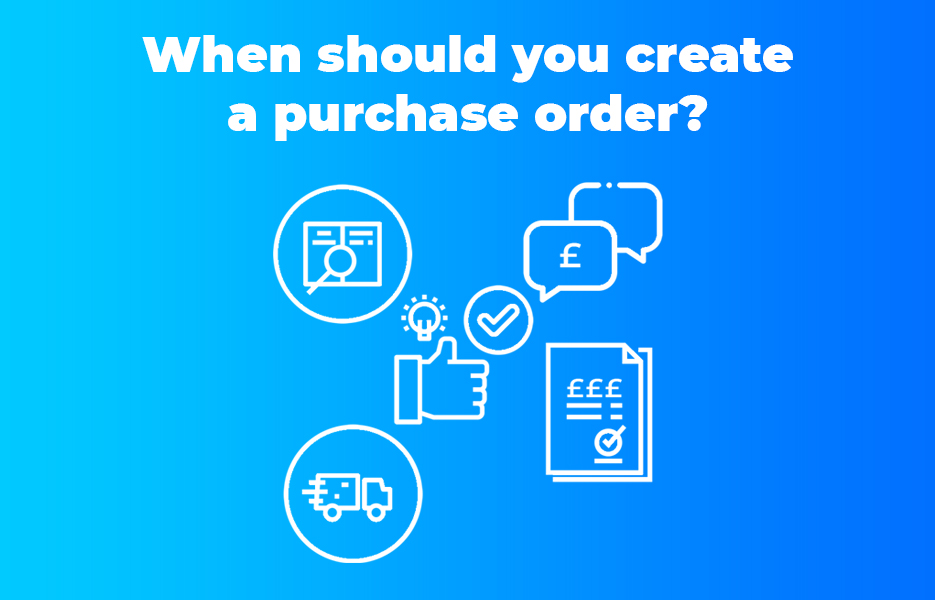
As soon as you know you intend to make the purchase of the goods or services that you want, you’ll need to issue the purchase order.
Is a purchase order the same as an invoice?
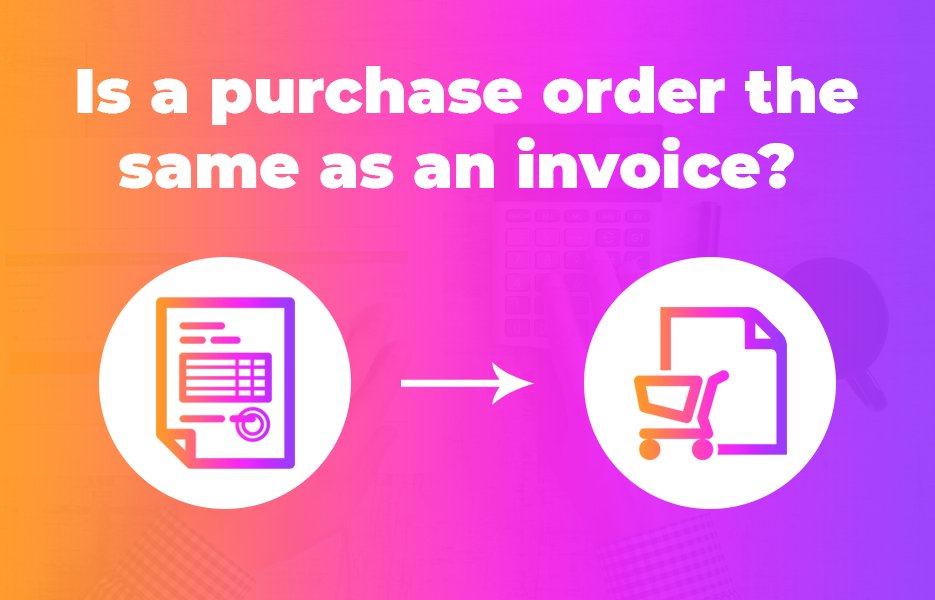
They have similar functions, but they’re not the same thing. They often have similar information in them – but they have additional information:
| Purchase order | Invoice | |
|---|---|---|
| What is it? | An official confirmation of an order | A request for payment for an order |
| Who creates it? | The company making the purchase | The company making the sale |
| Who receives it? | The company making the sale | The company making the purchase |
| When is it sent? | When the order is placed | When the order has been fulfilled |
| What is on the document? |
• The date that the order was placed • The name of the company purchasing the goods or services • The description and quantity of the goods or services • The price of the items • The payment information • The billing address for the company • The purchase order number • The address that the order should be delivered to • The expected delivery date | • All of the information in the purchase order • An invoice number • Their contact information • Any credits or discounts that were applied to the order • Payment schedule • Total amount the buyer needs to pay |
A purchase order is created by the business that is making the purchase, whereas the business that is providing the goods will create the invoice.
What is an invoice?
Companies use invoices for three main purposes: allowing vendors to collect money, helping finance departments to understand what departments buy and payment management.
Similar to purchase orders, invoices can be legally binding. It shows that an item or service was provided and when payment was expected. It proves that the businesses were charged for a good or service if payment wasn’t received.
Invoices are also part of audit trails. They can help businesses know what was charged for goods and services, and so can help them to manage their cashflow, since they know what cash is expected in.
What is the legal status of a PO?
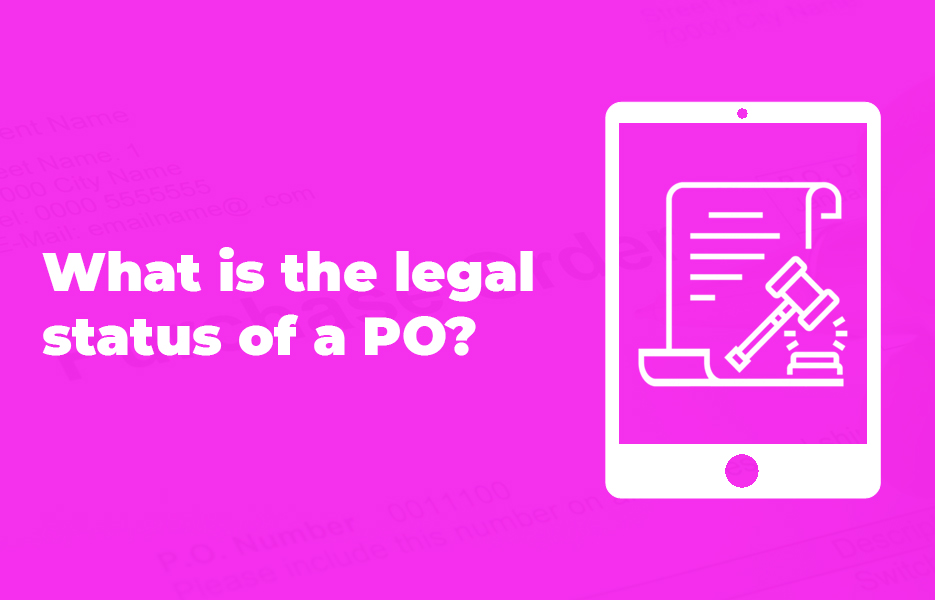
The majority of what you’ll find by searching online suggests that yes, a purchase order is a legally binding document. However, it may not be – so be careful. A purchase order is only legally binding if it forms part of a legally binding contract.
Purchase orders are not compulsory documents, and there needs to be five essential elements to make the contract legally binding:
- One business needs to make an offer to the other
- The second party needs to accept the offer
- Something needs to be able to be considered – i.e. payment
- The businesses should be prepared to be legally bound by the contract
- The contract should be clear and certain about what is required by both parties
The purchase order can help both businesses to ensure that all the elements that make the contract legally binding are present.
Don’t forget – we’re based in the UK, and as such we’re looking at the legality of purchase orders in the UK here. In other countries, different regulations may apply, so be careful to ascertain what the requirements are in the country that you operate.
It is up to the customer to clearly outline their requests to sellers. This affords some protection to the company fulfilling the order, because of the buyer has stated that they will make payment.
Automating purchase orders
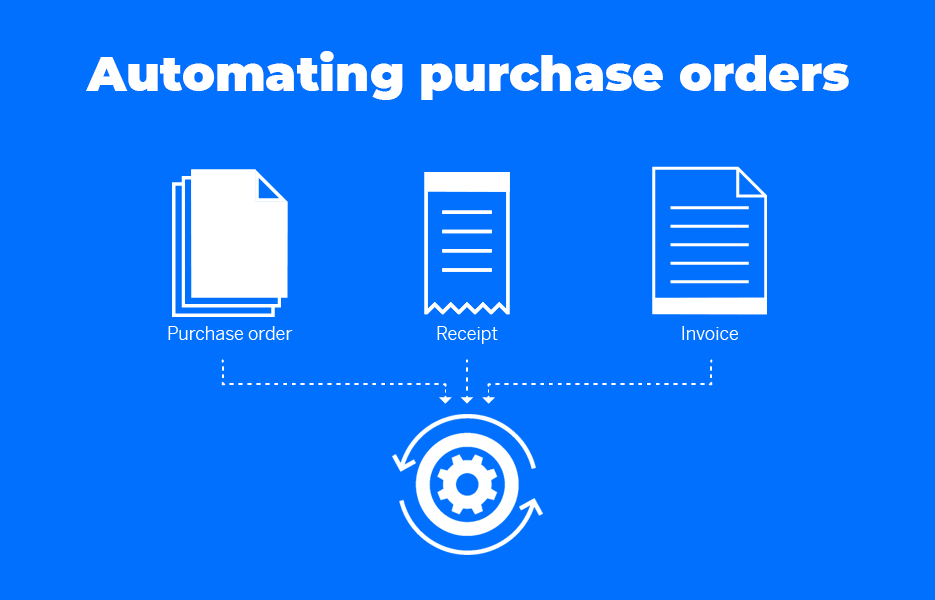
As businesses grow, the use of purchase orders can become more complicated. Passing purchase orders through to superior team members for approval can be a slow process, and paper can get lost.
Many businesses are now benefiting from automating their purchase orders in their system. Automation means that:
- There is much less chance of human error
- Procurement processes can be streamlined
- Significant amounts of time can be saved
- Spending activity in each department is clearer
- Permissions and rules can be set, to allow spending to be managed more effectively
There are now a number of purchase order automation options, both in your accounting software, (including QuickBooks, Xero and Sage) and as standalone systems. Whether you need to create a purchase order for a recurring purchase, or you need different functionality, there’s a good chance that whatever you need your automation to do, already exists.
When it comes to which system is the right one for your business? Well, it really does depend on what you need it to do, so we won’t make a recommendation. However, if you’re working with an accounting system already, then check to see whether it can do what you need first. It is likely to save you a huge amount of time and money if it can, rather than trying to integrate another system.
Do DropShipping businesses need purchase orders?
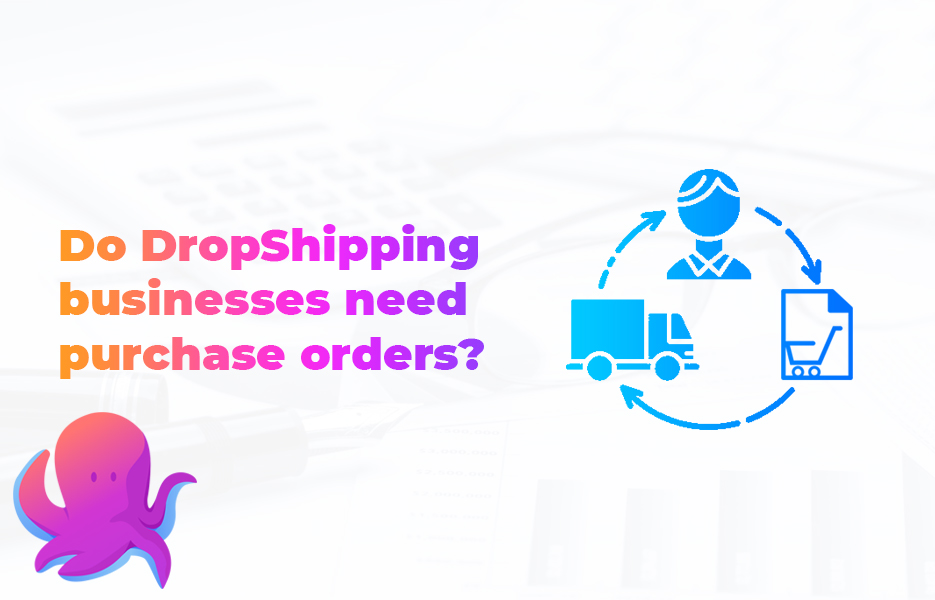
As a seller using DropShipping, suppliers you work with will use purchase orders and invoices for some businesses that they work with. But if you’re solely DropShipping, and not buying stock in bulk, you won’t need to produce purchase orders. You’ll be buying the items your customers order from your suppliers one at a time and paying for them at the point you purchase them – which replaces the need for purchase orders.
Your suppliers may still create invoices – either they’ll be sent to you via email, or they will include them in the package with the order for your customer.
What if I need to create a purchase order and don’t have a template?
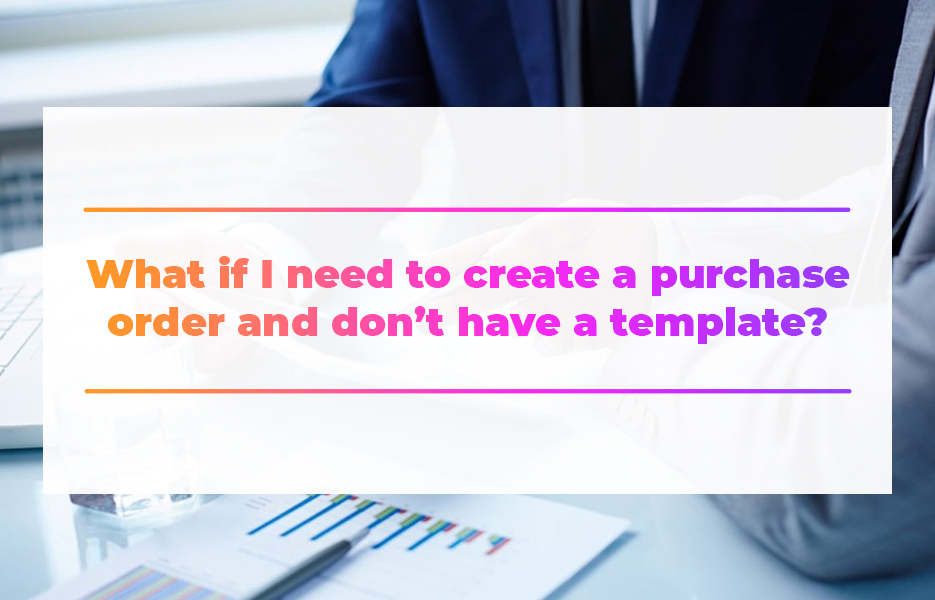
If you’re still getting your business set up and you haven’t had a moment yet to set up your own template for purchase orders, when you need one straight away, you might have a moment of panic. Luckily, you don’t have to worry – we’ve got your back.
Our team have created a purchase order generator that creates high quality, ready to print purchase orders. Simply populate the fields in the form, upload your logo and click create and download to get your invoice in less than a minute. You can use this service, completely free, as many times as you would like. If you’re only creating purchase orders now and again, then you might decide not to bother creating a template – but once you find you’re creating them more often, you’ll probably want to create a template that makes it a lot simpler, and faster. When you do, don’t forget to add your branding and your social media handles – you never know what a great bit of social media advertising might do to increase your business!
Purchase orders, along with their invoice counterparts, are essential documents in almost every business that buys, or sells items to other businesses. Creating accurate purchase orders will help avoid wasted time and money – both of which are important for businesses to do to remain competitive.

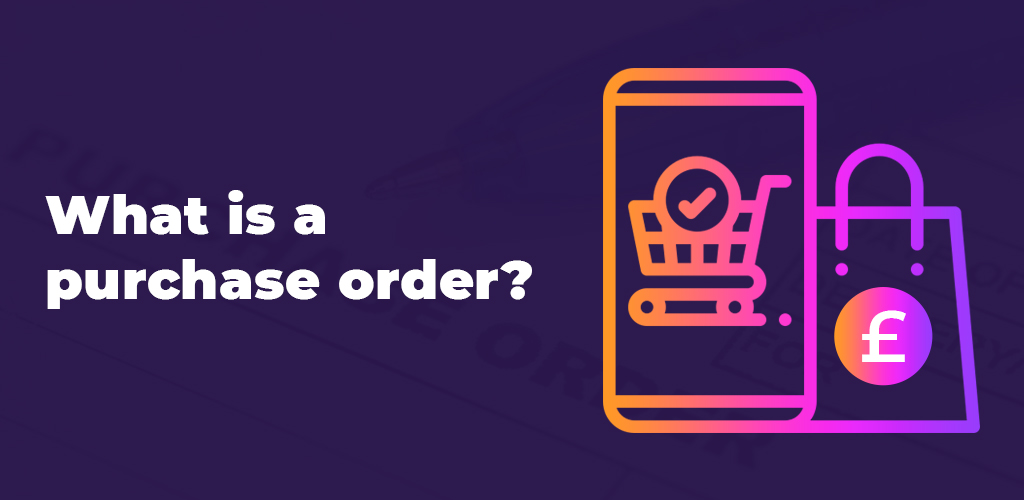


DropShip products from verified suppliers to diversify your inventory and scale your eCommerce business